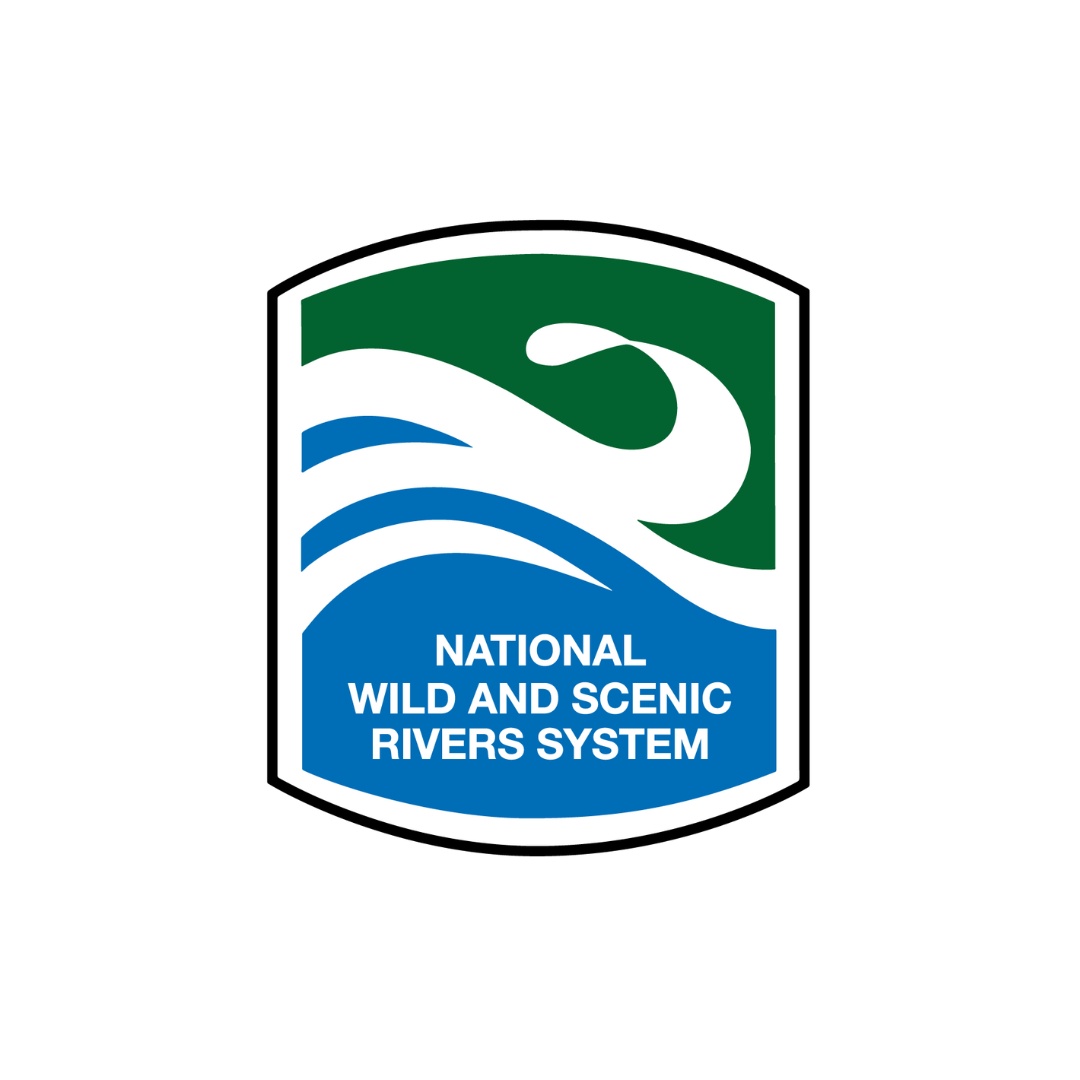Class II Kentucky River, KY
Pool 6 (Lock Dam 7 to Lock Dam 6)
James Harrod and a company of men launched their canoes in May of 1774 from old Redstone Fort on the Monongahela River in Pennsylvania, bound for the spring-rich meadowland of central Kentucky.
He scouted the area the previous year while on a surveying expedition with Capt. Thomas Bullitt and returned determined to establish settlement. Harrod’s party floated down the Ohio and worked up the Kentucky River. They beached their canoes near the mouth of a small creek, now called Landing Run, and traveled overland along a buffalo road to a large spring surrounded by natural meadows, not far from the Salt River.
Harrod and company made crude improvements, laid out lots and built rudimentary shelters. In June of 1774, the party named the spot Harrodstown after their leader. The fledgling community was later renamed Harrodsburg, the first settlement in the state of Kentucky.
Paddlers on Pool 6 of the Kentucky River can understand why the earliest pioneers migrated to this area. The stunning cliffs of the lower Palisades combined with the rolling green hills of the Inner Bluegrass Region greet the eyes of kayakers and canoeists on Pool 6, where they can also catch quality black bass, crappie, bluegill and large muskellunge.
Two floats grant the paddler a journey through the most historic areas of Kentucky on Pool 6. You’ll float past long-forgotten river landings and ferry crossings that gave rise to flourishing, prosperous communities that are now backwaters, much of the infrastructure derelict or gone. (KYFWR)
Section Details
| Trip Length | One Night, 20.7 Miles |
| Fishing | Yes |
| Camping | No |
| Manager | State, Kentucky Department of Fish & Wildlife Resources |
| Wild & Scenic | No |
| Water Trail | Yes |
| Partner Information |
http://fw.ky.gov/Education/Pages/Kentucky-River,-Pool-6.aspx
https://fw.ky.gov/Education/Pages/Blue-Water-Trails.aspx |
